#Catalonia
Text

Pigeons in Tarragona
#tarragona#spain#catalonia#travel#europe#wanderlust#narrow streets#buildings#places#original photographers#photographers on tumblr#europe travel#travel blog#alley#catalunya
75 notes
·
View notes
Text
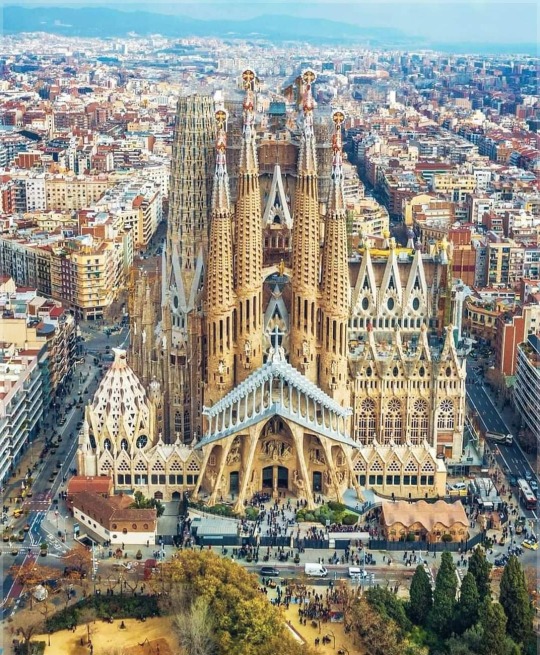
B a r c e l o n a
77 notes
·
View notes
Text
Happy 600th birthday! Per molts anys!

Giants are one of the most iconic figures in Catalan culture. Each town, city, or neighbourhood has their own couple of giant hollow figures that usually represent the mythical founders of the town or characters from local legends. People join the group to carry them and make them spin and dance on the streets on the days of local festivities, to the sound of live traditional Catalan festive music.
Giants don't exist only in Catalan culture, they're also present in other parts of Western Europe like Belgium, France, Portugal, Sicily, Southern Italy, the Basque Country, and some parts of Aragon and Castilla (Spain).
But this year, we are celebrating: the earliest ever written document anywhere in the world that mentions a giant figure dates from 1424 and talks about the Barcelona giants that danced in the Corpus festivity. This assures us that giants have been part of Barcelona's festivities for at least 600 years. Then, the giants were King David and the Giant (characters from the Bible), but with time they changed a bit and by the 1500s they were a king and a queen, who came to be identified with the king James I and the queen Violant of Hungary, the most iconic and important monarchs in Catalan history.
However, since they symbolise people from Catalan history, the giants were repressed by the Spanish fascist dictatorships of Primo de Rivera and Francisco Franco. These regimes had the aim of exterminating Catalan culture. They banned and persecuted the Catalan language and identity and many cultural celebrations of Catalan people, such as banning some songs and holidays. For this reason, the giants were forced to be renamed Isabella and Ferdinand and pretend like they represented the Catholic Kings, two key figures of Spanish history. When the dictatorship ended, they became Jaume I and Violant again.
The figures of the Barcelona city giants used nowadays aren't the same ones as 600 years ago, of course. The figures get copied into new ones when it's necessary. The ones used now were made in 1991 copying the previous figures, made in 1921.
Giants are adored by kids, and the Barcelona city male giant (gegant de la Ciutat) and the giant from Santa Maria del Pi parish of Barcelona (gegant del Pi) are also the main characters of one of the most popular traditional children's songs in Catalonia.
We love to see them continue being as popular as ever. Yesterday, they celebrated their anniversary with a meeting of giants from all the neighbourhoods of Barcelona and well as from other cities and towns. More than 600 giants gathered in Barcelona to dance together for the Barcelona city giants anniversary!
#barcelona#catalunya#tradicions#història#1400s#medieval#middle ages#folk culture#cultures#anthropology#catalan#catalonia#europe#ethnography#travel#corpus#culture
71 notes
·
View notes
Text

#catalonia#catalunya#original photographers#photographers on tumblr#artists on tumblr#landscape#lensblr#mountains#black and white#photography#dark naturalism#gloomcore#naturecore#nature
26 notes
·
View notes
Text

Full moon behind the Temple Expiatori del Sagrat Cor, on the summit of Mount Tibidabo in Barcelona, Catalonia, Spain.
#temple#church#sacred heart#moon#architecture#neo gothic#gothic#barcelona#catalonia#spain#art#europe#european#christian#christianity#history#religion#religious#churches#temples#full moon#jesus#jesus christ#christ
5K notes
·
View notes
Text

Casa Nàvas, Reus, Catalonia, Spain,
Designed by the renowned architect Lluís Domènech i Montaner and decorated by Gaspar Homar between 1901 and 1908, it was originally the personal residence and "house shop" of the affluent textile merchant Joachim Nàvas.
@pierlaatelier
#art#design#architecture#history#luxury lifestyle#style#luxury house#luxury homes#spain#casa#stairs#grand staircase#art nouveau#reus#catalonia#casa navas#pierlaatelier
4K notes
·
View notes
Text
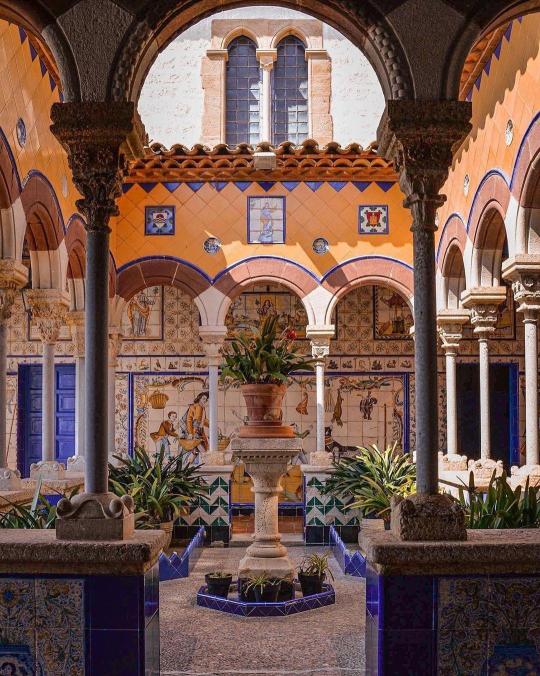




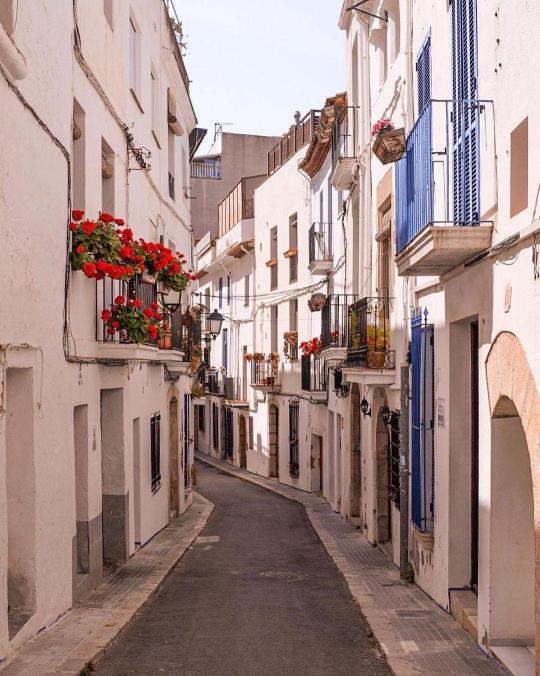


📍Sitges, along Catalonia's coastline, combines stunning beaches with captivating architecture. Its diverse designs, from Modernisme (exemplified by Casa Bacardí) to the Old Town's Mediterranean allure, showcase a rich heritage. Notable landmarks like the Church of Sant Bartomeu i Santa Tecla and opulent seafront mansions add to Sitges' architectural charm, making it a culturally rich and visually captivating destination.
📸: Yamil Doval
#dark academia#light academia#classical#academia aesthetic#escapism#academia#books and libraries#classic literature#books#architecture#buildings#streets#travel#catalonia#sitges#design#mediterranean#royal core#cottage core#aesthetics#mood#vibe#tumblr
4K notes
·
View notes
Text

Barcelona, Spain *by Raimond Klavins
651 notes
·
View notes
Photo
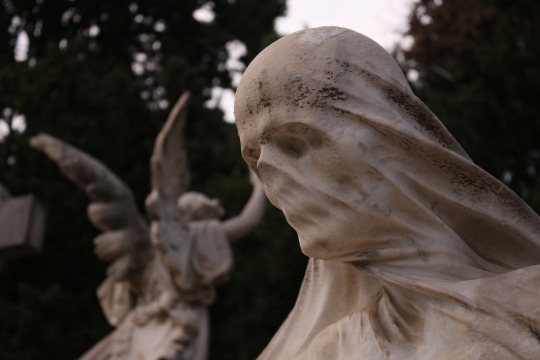
Cementiri de Montjuïc, Barcelona, 18/10/22
#cementiri#montjuïc#barcelona#catalonia#catalunya#photo#photography#photographers on tumblr#funerary art#sculpture#marble#stone#statue#funerary statue#funerary aesthetic#aesthetic#aesthetics#contrast#skeleton#skull#halloween#samhain#samaín#grave#graveyard#tomb#sepulchre#one of my best photos#i'm glad i've been in front of this exact statue#i've seen it before on tumblr
7K notes
·
View notes
Text

Barcelona. Catalunya. 11/09/2023. Foto de Pepín.
836 notes
·
View notes
Text

Santiago Rusiñol i Prats (Spanish, 1861-1931)
Monasterio de Poblet
884 notes
·
View notes
Text

B a r c e l o n a
43 notes
·
View notes
Text
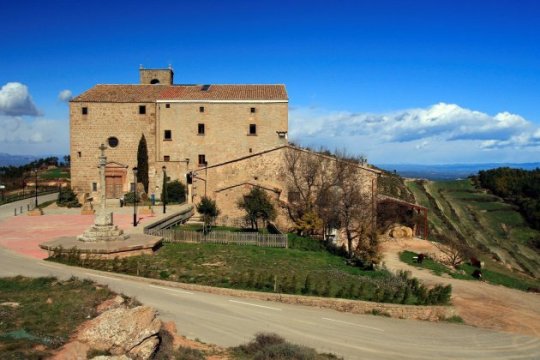
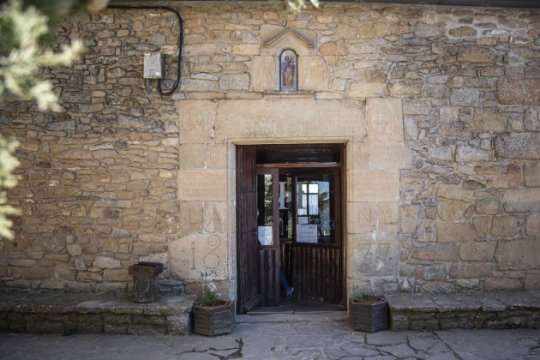

Founded in the year 1524 and still open nowadays, this is the Pinós Inn (Hostal de Pinós in Catalan), the oldest restaurant in Catalonia that has been serving without interruption until our days.
The inn was founded to serve the pilgrims who came to the Sanctuary of Saint Mary of the Pinós, first built by the Templar Knights in the year 1312 and soon transferred to the Knights Hospitaller. According to the legend, in 1505 a man stopped to pray in this location to ask the Virgin Mary for help with the plague, and the Virgin Mary appeared to him. For this reason, the new church was built some years after and, right next to this church, the inn that could offer shelter and food to the pilgrims and travellers.
At first, the Pinós inn only served pilgrims, ill, and homeless people, but in 1677 they opened it to everyone. It continued being an inn (place where you can sleep and eat) until the 1970s, and since then it's all dedicated to being a restaurant. They still serve traditional Catalan food, with many dishes that continue being almost the same as all these centuries ago.
The Solsona Diocesan Archive still preserves the document that testifies the inn's opening in the 5th of July 1524. In it, the Lady of Pinós, Elisabet de Josa, gives permission to open the inn to the priest Narcís Garriga and the innkeeper Joan Bertrans.


Photos of the restaurant by Montse Giralt published in El Nacional. Photos of the documents by Oriol Clavera published by Descobrir. Information from Generalitat de Catalunya and Pep Antoni Roig (El Nacional).
#hostal de pinós#catalunya#història#history#travel#europe#catalonia#restaurant#food#foodie#gourmet#historical#traveling#did you know#cuisine#culinary#early modern history#early modern period#1500s#renaissance
37 notes
·
View notes
Text

#catalunya#catalonia#original photographers#photographers on tumblr#artists on tumblr#landscape#lensblr#naturecore#nature#dark naturalism#gloomcore#ruralcore#photography#rural
21 notes
·
View notes
Text
"Spain’s Catalonia region rolled out a pioneering women’s health initiative [at the beginning of March, 2024] that offers reusable menstruation products for free.
About 2.5 million women, girls, transgender and nonbinary people who menstruate can receive one menstrual cup, one pair of underwear for periods and two packages of cloth pads at local pharmacies in northeast Spain free of charge.
The Catalan government said that the initiative, which is called “My period, my rules,” was meant to “guarantee the right to menstrual equity.” The regional government cited statistics that said 23% of women polled by Catalonia’s public opinion office said they had reused hygiene products designed for a single use for economic reasons.
Tània Verge, Catalonia’s regional minister for equality and feminism, called the program a “global first.”
Scotland’s government passed a law in 2020 to ensure period products are available for free to anyone who needs them. But in comparison with the Catalan program, in Scotland the products are for single use and are distributed through schools, colleges and universities, not pharmacies.
“We are fighting menstrual poverty, which affects one in four women in Catalonia, but is also about gender justice. We are fighting the stereotypes and taboos about menstruation,” Verge told The Associated Press. “And (...) it is about climate justice. We need to reduce the tons of waste generated by single-use menstrual products.”
The distribution of reusable products is also aimed at reducing waste. The regional government said that Catalonia produces about 9,000 tons of waste from single-use menstrual hygiene products.
The reusable products are acquired by the public health care system, which covers the entire population, and distributed by Catalonia’s 3,000-plus private pharmacies. The program cost the regional government 8.5 million euros ($9.2 million).
“I am completely in favor of this initiative,” 29-year-old graphic designer Laura Vilarasa said. “It will give women a product that is absolutely necessary to have for zero cost.”
Spain’s national government passed a law last year granting women with debilitating menstrual pain the right to paid medical leave."
-via AP News, March 5, 2024
#periods#menstrual cycle#menstrual health#menstruation#period poverty#period products#spain#catalonia#waste#women#womens rights#transgender#nonbinary#period underwear#menstrual cup#reusable#reusable pads#good news#hope#feminism#gender equality
245 notes
·
View notes